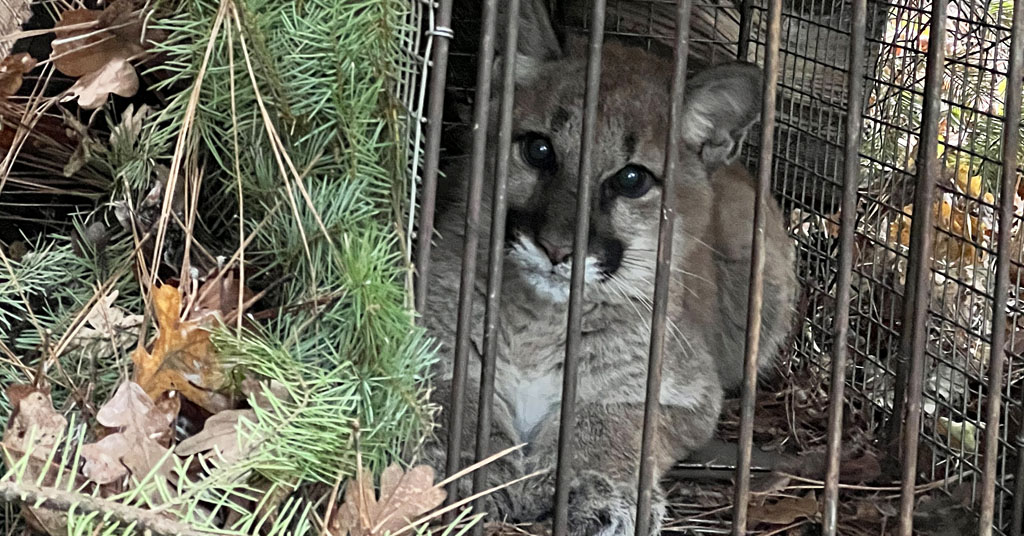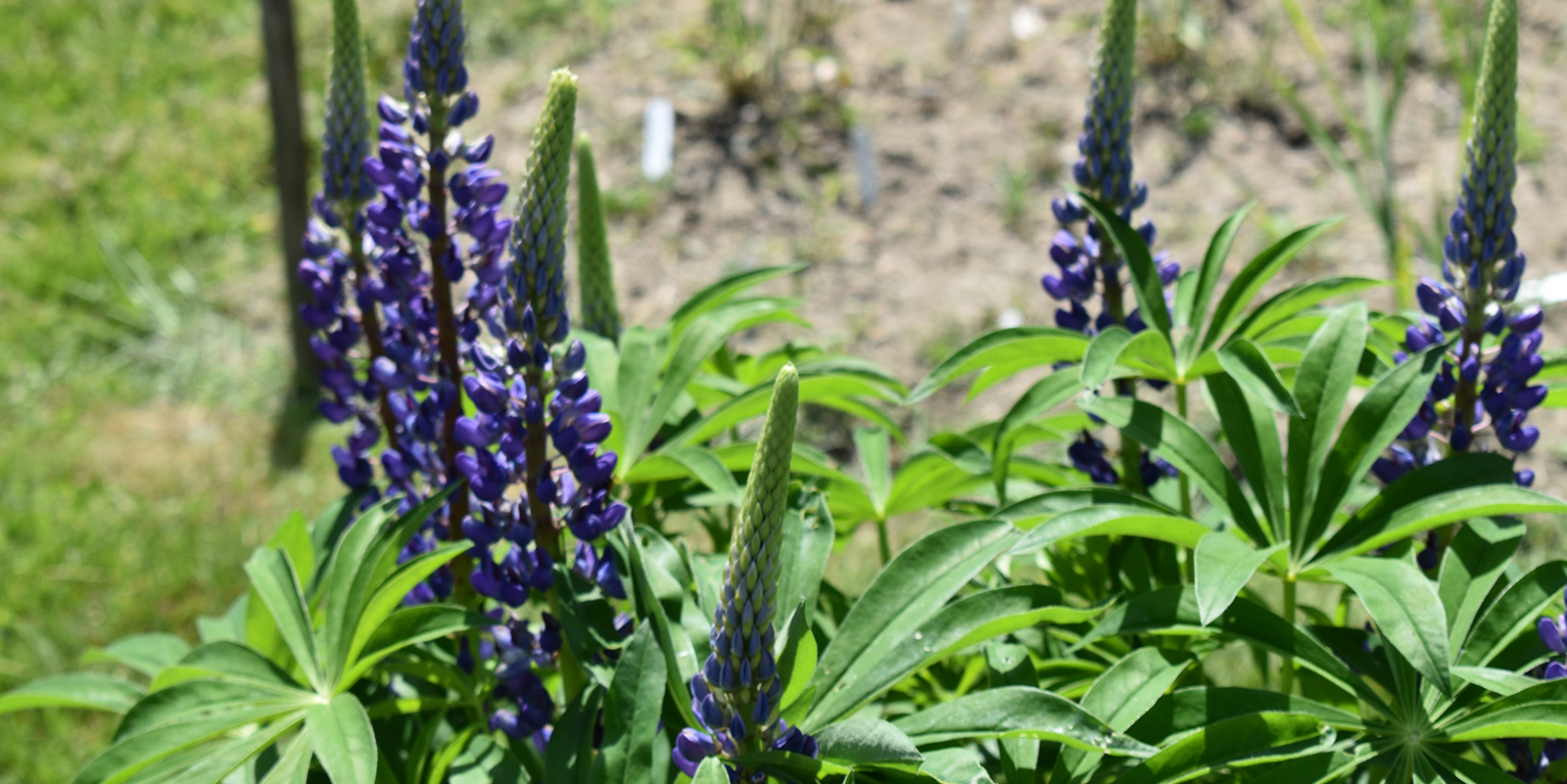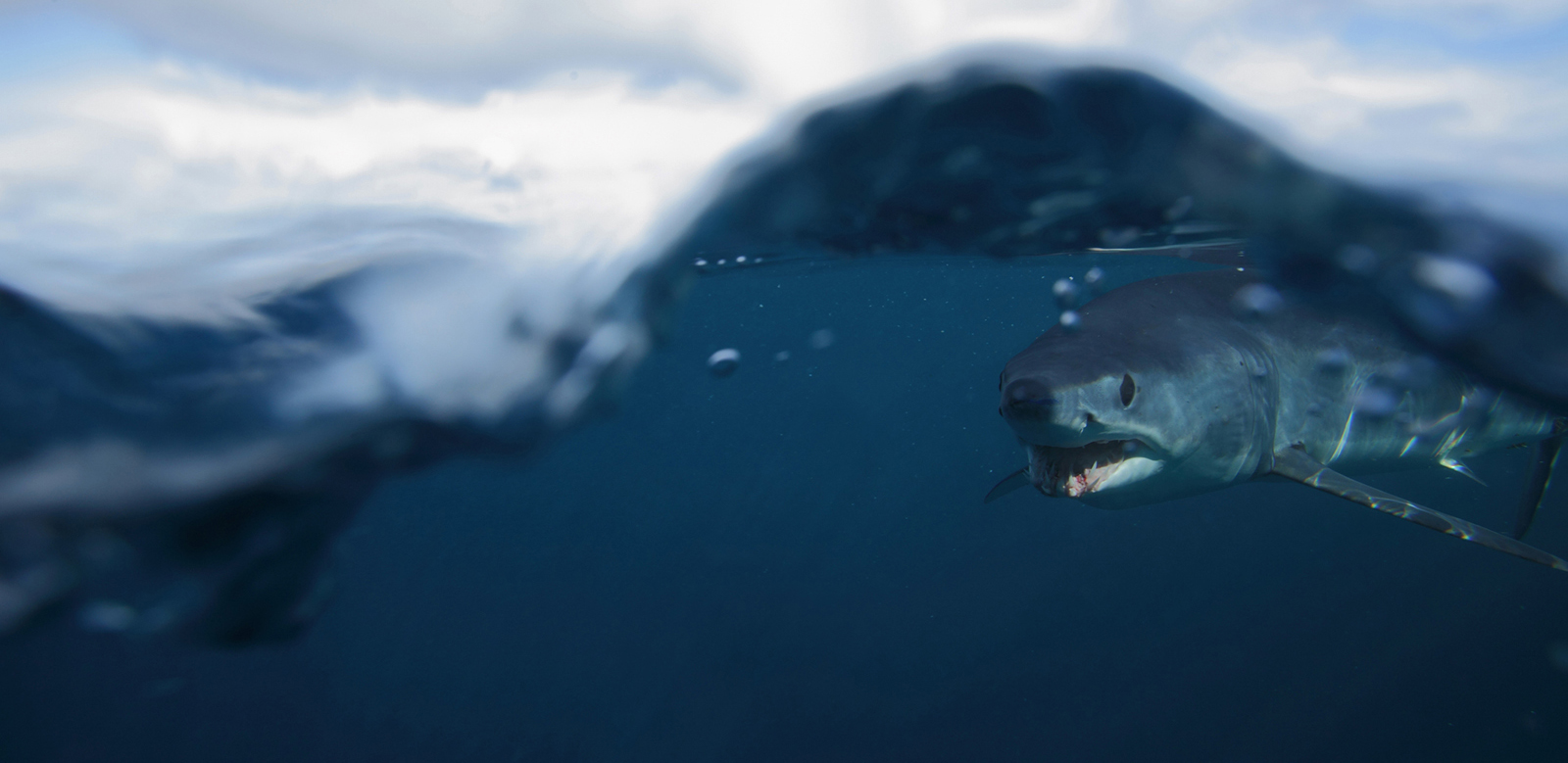Mission Simple: Protect R.I.’s Brook Trout
A small group of fishermen believe the state’s practice of releasing hatchery fish into the wild is having a negative impact on this ancient species and its fragile habitat
March 27, 2014
UPPER WOOD RIVER, R.I. — Rhode Island’s wild brook trout population certainly isn’t what it once was, and for that, fly fishermen and naturalists can largely blame development pressures and climate change.
How to best protect the only native trout, char or salmon species currently found reproducing in Rhode Island waters is another issue entirely, and it has put local fishermen at odds and strained friendships.
About a year ago, four Rhode Island fishermen broke from the local chapter of Trout Unlimited (TU) and created an advocacy group that espouses the same to-the-point name as its mission: Protect Rhode Island Brook Trout (PRIBT).
PRIBT was created by a shared desire of its four founding members — Martin Custodio, Brian O’Conner, Paul Pezza and Burt Strom — to preserve the state’s brook trout population.
Like others in the state concerned about the future of this species, these four fishermen acknowledge that the stress created by a changing climate — rising water temperatures, diminishing dissolved oxygen in the water column, and the shocking rise and fall of stream/river flow — and generations of development have taken a toll on the cold, clear waters these fish need to survive.
However, they also believe the habitat desired by brook trout is being threatened by Rhode Island’s continued practice of stocking the state’s rivers and streams, most notably the Upper Wood River, with hatchery fish. They’re concerned about the use of antibiotics on farmed fish and the amount of effluent generated by these operations.
Pezza, a retired Providence College health policy professor and longtime fisherman, said dumping truckloads of hatchery-raised trout into local waters is having a direct impact on wild brook trout.
“These hatchery fish are at least two years old, and at 11 to 14 inches, are larger and more aggressive than most of the wild brook trout,” he said. “They outcompete wild brook trout for space and food.”
Every spring, just in time for the mid-April kickoff of the freshwater fishing season, the state Department of Environmental Management (DEM), with help from the TU state chapter, releases about 80,000 hatchery fish in the Upper Wood River and in other popular Rhode Island fishing spots.
This year, Opening Day of trout season will begin at 6 a.m. April 12. There are more than 42,000 freshwater anglers licensed in Rhode Island, most of whom are expected to turn out at dawn on Opening Day, according to a recent DEM press release.
Some 80,000 hatchery-raised brook, brown and rainbow trout, with an average individual weight of 1.5 pounds, are being stocked in more than 100 ponds and streams for the start of the 2014 fishing season. Several of these areas also will be stocked during the second and third spring stockings, according to the March 28 press release.
ecoRI News contacted DEM for comment on this story, but the state agency didn’t make anyone available.
Ron Marafioti, president of the local TU chapter, said members voted about a year and a half ago to disregard the national chapter’s opposition to the “stocking of non-native hatchery trout on top of native trout populations” for two main reasons: little Rhode Island-specific data is available to make an educated decision about the health of the state’s brook trout population; and the chapter doesn’t want to alienate its working partnership with DEM, which has led to several successful conservation efforts.
The biggest success, at least for conservationists, that has come from the relationship built over time between DEM and the local TU chapter was the creation of a catch-and-release fishing area in the Lower Falls River.
“We have a good relationship with RIDEM and we’ve used that relationship to make stream improvements in the Arcadia Management Area,” Marafioti said. “RIDEM doesn’t intend to stop stocking.”
Rhode Island features four state-run trout hatcheries — Arcadia Warmwater Trout Hatchery, Carolina Trout Hatchery, Lafayette Trout Hatchery and Perryville Trout Hatchery — and hatchery fish are released into local waters year-round.
The practice helps keep Rhode Island’s fresh waters stocked with catchable fish, which drives fishing-license sales. The cost is $18 for Rhode Island residents and $35 for out-of-staters.
Recreational fishing is an economic revenue source for the state, the Rhode Island Wildlife Action Plan states. Residents and tourists spend nearly $38 million annually in Rhode Island on trip and equipment-related expenditures for freshwater fishing, according to an American Sportfish Association report. Black bass and trout are the top two fish sought by freshwater sportsmen.
“Opening Day is a time-honored tradition for generations of Rhode Islanders who get out at dawn and head to a favorite fishing spot to experience the delight of catching the first trout of the season,” DEM Director Janet Coit is quoted in the recent press release. “Anglers of all ages look forward to Opening Day and the opportunity to enjoy the outdoors and catch some of the beautiful brook, brown and rainbow trout that are raised in DEM’s hatcheries.”
Besides stocking streams, rivers and lakes with hatchery fish, the state also maintains nearly 50 fishing and boating access sites to “manage and enhance freshwater fishing opportunities” throughout Rhode Island.
An ancient fish
With a heritage that dates back 2 million years, brook trout have managed to cope with some significant environmental challenges, namely the loss of habitat, dammed-up rivers and polluted waterways created by the Industrial Revolution.
Land-use decisions made during the past few centuries have negatively impacted the quality of rivers and streams where brook trout live, largely by removing streamside vegetation and increasing nutrient runoff.
In pre-Colonial times, brook trout were present in nearly every cold-water stream and river in the eastern United States. Sensitive to changes in water quality, brook trout began to disappear as early agriculture, timber and textile economies transformed the landscape by stripping the region’s protective forests and filling rivers and streams with sediment and pollution.
Today, brook trout remain distributed across much of Rhode Island, although in relatively depleted numbers, according to a report done by Trout Unlimited for the Eastern Brook Trout Joint Venture. The Wood River contains the healthiest known wild brook trout populations in the state.
Having survived so many generational challenges, PRIBT’s O’Conner isn’t necessarily concerned that the fish will vanish from local waters, but he is worried that continued development and the changing climate, combined with competing hatchery fish, will leave Rhode Island with no fishable populations of brook trout and a diminished natural habitat.
“We just can’t continue to dump fish into the wild so some guy can hoot and holler when he catches a 15-inch hatchery fish a few days later,” he said. “The state has a huge capacity to grow brown and rainbow trout, but our streams have a carrying capacity that needs to be considered and respected. Because of stocking, the Upper Wood River is becoming an adjunct hatchery pen.”
The area of most concern extends 2 miles from the Route 165 bridge, near where the Wood River’s two main tributaries (the Falls and Flat rivers) converge, south to the Barberville Dam. It’s arguably Rhode Island’s most popular stretch of freshwater angling, and it’s open to all kinds of fishing — fly, bait and spin. It’s also one of Rhode Island’s most stocked areas.
In a few weeks, thousands of fishermen, from in and out of state, will follow fire roads and hiking trails to their favorite spot along the river’s banks. PRIBT members say this annual April pilgrimage, and the season-long stocking of this section of the Wood River, is harming the brook trout’s habitat and ruining a once-pristine wilderness.
Many who fish in Rhode Island are happy the state stocks its fresh waters. Other fishermen, an admitted minority, say the Upper Wood River is suffering from overuse. They’re concerned about the area’s ability to sustain its ancient brook trout population. They say they’ve been seeing less and less brook trout every year for the past 12.
It’s a concern shared by TU’s national office. There is pretty strong scientific evidence that stocking non-native fish atop native trout can have a negative effect, according to organization officials.
“We’re the most unpopular fishermen in the state,” O’Conner said. “But fishing pressures are ruining the area. There’s too many fish and too many fishermen along this stretch of the river. All of this traffic is trampling the vegetation along the river’s banks. We’re losing an important piece of wilderness.”
Catch and release
Populations along the brook trout’s historic range, from Maine to Georgia, are declining, as the area is now at about 5 percent of its historical peak. In hopes of better protecting the species here, PRIBT is proposing DEM establish an experimental wild brook trout management area in the Upper Wood River watershed for five years. PRIBT proposes that no stocking of fish take place during that time, that fishing be allowed with only artificial lures that feature a single, barbless hook, and that all caught fish be released.
“We need to shift our attention toward the conservation of wild brook trout,” Custodio said. “We’ve basically already lost the Atlantic salmon.”
O’Conner called DEM’s stocking of truckloads of farmed fish nothing more than the creation of a fishing club to help balance the agency’s budget. He believes DEM should be spending equal time and resources on conservation matters.
“The state is only interested in making fishermen happy,” he said. “The license fees and taxes off the sale of equipment bring in money. It’s all about economics. Protections and preservation are secondary.”
Marafioti said the issue is complex. “RIDEM is in a no-win situation,” he said. “The agency services all fishermen. They have to keep everyone happy, from fishermen to boaters to hikers.”
To help DEM, fishermen and conservationists better understand the habitat conditions of the Upper Brook River, the local TU chapter created a four-member habitat assessment group (HAG) to study the area.
The four HAG members — Marafioti, Rich Benson, Ed Walsh and Al Ball — working with the Wood-Pawcatuck Watershed Association and the University of Rhode Island, have accumulated a year’s worth of data. They said they need another two to three years’ worth of information before any trends can be determined and fact-based decisions made.
“This study is this chapter’s first real effort to address the issue,” said Marafioti, who has been the chapter’s president for three months. “(PRIBT’s) frustrations have grown, but we share the same goals: protect fish habitat. We can’t do that without solid numbers. Without them, it’s like shooting blindly into the sky and hoping you hit a duck.”
Benson said hatchery fish aren’t in the water long enough to have an impact, as they are quickly caught by anglers or taken as food by eagles, otters and osprey. “They’re not wild animals,” he said. “They don’t know how to avoid predators. They’re easy prey.”
Marafioti said the warming of waters and other climate-related impacts are more of a concern when it comes to protecting Rhode Island’s wild brook trout. “Climate change is undervalued in this conversation,” he said.
By 2015, all states are required to update their original wildlife action plans, which in Rhode Island was done in 2005. Walsh hopes TU’s ongoing work on assessing the condition of the Upper Wood River will persuade Rhode Island to develop a plan that specifically deals with brook trout.
“There should be no sides,” Walsh said. “We’re all on the same side regarding this issue.”




Any wild (non-hatchery) brook trout in excess of 12 inches would be a trophy in RI based upon the short growing season and low stream productivity. A "salter" would be an exception, but unlikely. I'd like to see scales from any fish 16 inches long that someone claims is a wild fish.
How does PRIBT propose to generate enough money to purchase riparian areas in the absense of license receipts and Federal match dollars? Those funds have been used to purchase a lot of streams and watershed areas that are never stocked with hatchery fish. If it's any consolation to PRIBT, some of the best wild brook trout waters in RI are off-limits to fishing.
No one is asking the state to grow less fish or sell less fishing licenses. We are asking that a new view toward wild self replicating populations, driven and funded by the federal government through the EBTJV. be taken up by RIDEM as is being done in other states. As of 2013, 16.4 million dollars were given as grants to fund BT conservation efforts elsewhere. License income is not the only potential source of funding for land acquisition.
My point wasn't to justify stocking or license sales or to dismiss a management proposal. The point is, "Put your money where your mouth is". ANY user should pay their freight. Right now, only hunters and fishermen are paying their freight in Arcadia. I suspect that avocating/seeking a large grant, which funds research, management, aquisition, and protection with obvious benefits to the resources would go a lot farther than simply stating: "Do what we say". ALL those that affect the watershed (or those who advocate for certain managment measures that displaces users that have paid their freight) need to be held financially accountable. There is a lot of streambank erosion induced by horseback riders for example. What's their financial contribution to restoration, aquisition, enforcement, management, etc? ZERO. If no monies flow from PRIBT or TU-National for the sections of the Wood River Watershed under state ownership, maybe your efforts could be directed toward the Queen River watershed which is mostly private or NGO owned.
Puzzled, You are the only person to come up with intelligent arguments against PRIBT's Proposal idea. I would like to hear more from you. As to paying one's way, The SWAP program has been designed to deal with species with a threatened status before they reach the far more expensive endangered status. You are suggesting that PRIBT shouldn't forward a conservation proposal without finding funding for it? Are RI anglers paying the true cost of hatchery fish? What of the cost to Brook Trout populations and other species now threatened or endangered in the upper Wood? Yes, the Queen's is a protected brook trout stronghold which serves as an example of what untrammelled bt habitat looks like. Are we to turn our backs on the damage caused by fishing pressure in the Wood?
Hours after the hatchery truck tossed a couple hundred trout off the Saugatucket Road bridge, I watched an otter cavorting around the pool by the bridge causing a huge ruckus and tossing trout right out of the water. I figure stocking fish is a good way to support the otter population, if nothing else.